Alextina | Dec 28,2024
[Literature Review] Deadly RNA: CRISPR Screening Reveals RP11-350G8.5 as a Key Target for Multiple Myeloma Treatment

Multiple Myeloma (MM) is a hematological malignancy characterized by multistep transformations of plasma cells in the bone marrow, leading to multi-organ damage. Although proteasome inhibitors like Bortezomib (BZB) have shown clinical success, drug resistance remains a significant obstacle, making MM an incurable disease.
Previous studies have gradually revealed the role of non-coding genes in MM oncogenesis and drug responsiveness, particularly long non-coding RNAs (lncRNAs), which not only regulate gene expression but also hold potential as therapeutic targets. However, the functional role of most non-coding RNAs in MM is still not well understood.
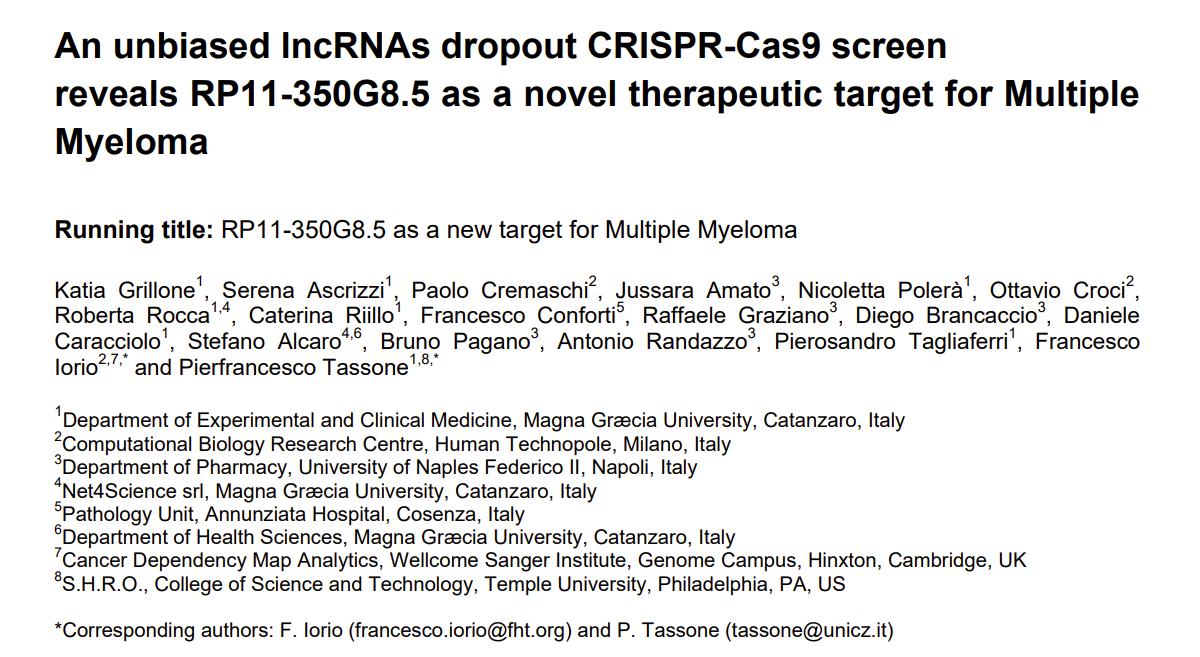
Original Article Link: https://doi.org/10.1182/blood.2023021991
A research team from the University Magna Graecia of Catanzaro and Human Technopole recently published a significant study in blood (IF: 21), titled "An unbiased lncRNAs dropout CRISPR-Cas9 screen reveals RP11-350G8.5 as a novel therapeutic target for Multiple Myeloma".
Through CRISPR-Cas9 screening, they discovered that long non-coding RNA (lncRNA) RP11-350G8.5 is crucial for the survival of MM cells and is closely associated with poor prognosis in patients.
Further research demonstrated that inhibiting RP11-350G8.5 shows significant anti-tumor effects both in vitro and in vivo, especially in Bortezomib (BZB)-resistant patients, highlighting its enormous potential as a novel therapeutic target. This discovery opens new avenues for treating MM, particularly in overcoming drug resistance.
I. LncRNAs Dropout CRISPR-Cas9 Screening in Multiple Myeloma
The research team conducted a recessive pooled CRISPR-Cas9 screen of 671 long non-coding RNAs (lncRNAs) utilizing a validated third-generation lentiviral CRISPR-Cas9 library on the multiple myeloma (MM) cell line AMO-1 and its BZB-resistant subclone (ABZB).
Thirty days post-library transduction, the team tracked the integrated pgRNA cassettes in the DNA of surviving cells through next-generation sequencing to quantify the dependency of lncRNAs on cell growth based on over/under-representation.
The quality of the screens for AMO-1 and ABZB was within expected ranges, indicating the reliability of this approach. During screening, pgRNAs targeting lncRNAs exhibited a wide range of depletion log fold changes (logFC) compared to non-targeting guides and control essential genes.
By excluding ribosomal protein genes and other controls, the research identified 42 non-protein-coding loci that significantly reduced cell growth or induced death in MM cells (14 in AMO-1 and 37 in ABZB), all with a false discovery rate (FDR) of ≤20%. Notably, 9 dependencies were common across both cell lines, and statistical analysis indicated significant essentiality, supporting the MM-specificity and genomic-context independence of these hits.
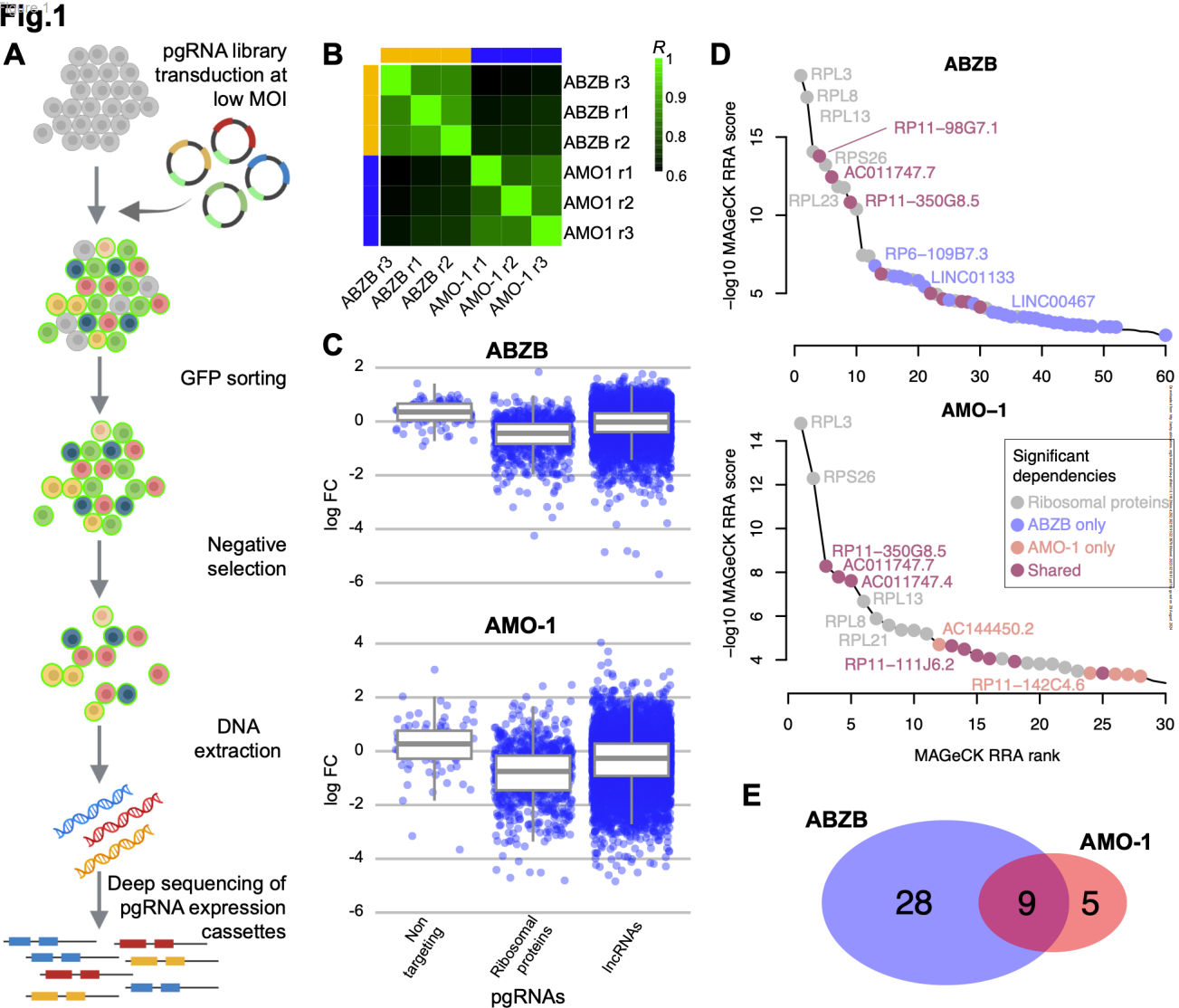
Figure 1 LncRNAs dropout CRISPR-Cas9 screen in Multiple Myeloma cell lines
II. Screening Results and Dependency Analysis
The research team utilized MAGeCK analysis to identify lncRNAs significantly affecting MM cellular fitness, filtering out control essential genes and non-targeting lncRNAs that did not exhibit significant effects, thereby narrowing down the pool of candidate genes.
Subsequently, the team focused on lncRNAs whose basal expression levels in 768 MM patients demonstrated significant prognostic power, ultimately identifying 8 uncharacterized lncRNAs with putative oncogenic potential as candidates for multiple myeloma.
This process not only highlighted the oncogenic potential of the lncRNAs through gene expression analysis but also provided a foundation for subsequent functional studies and clinical validation.
The team conducted an in-depth analysis of the expression of each candidate, discovering that some lncRNAs were significantly upregulated in MM patients, correlating with disease severity and prognosis. By studying these lncRNAs, the researchers aim to elucidate their specific roles in the pathogenesis of MM.
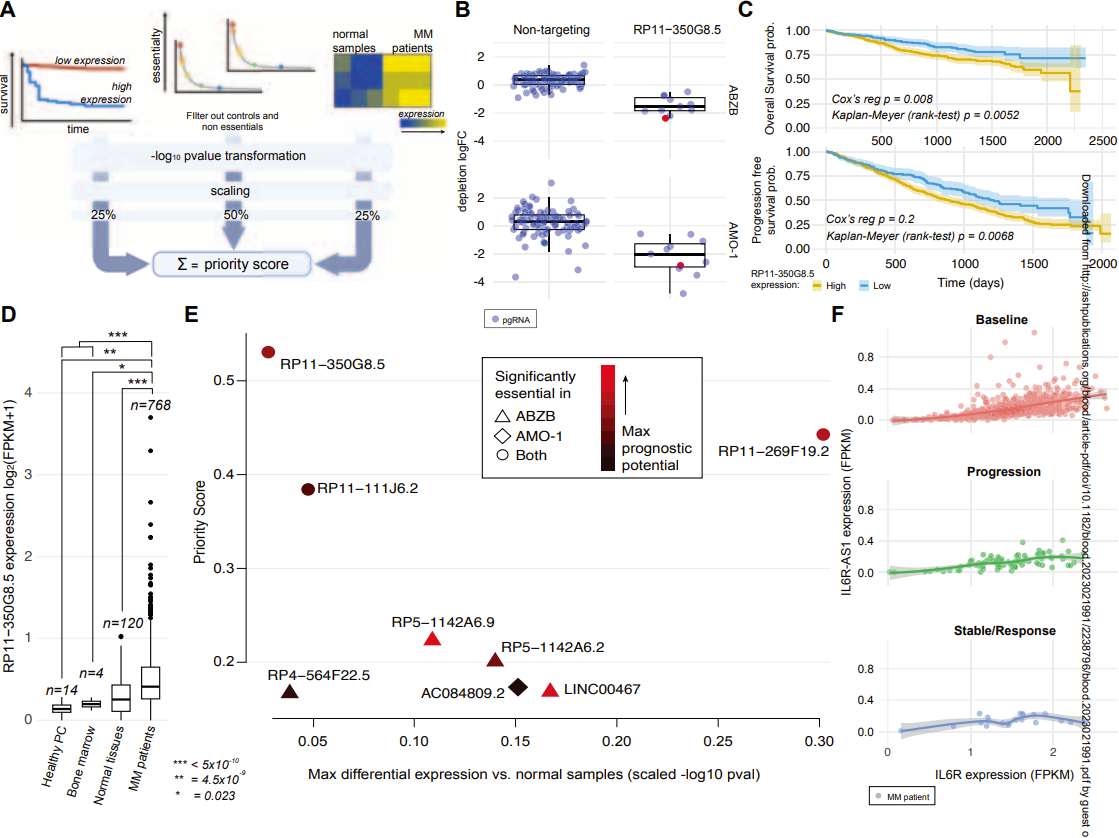
Figure 2 LncRNAs prioritization scheme and results
III. Selection of High-Priority Oncogenic lncRNA Candidates
Among the 8 prioritized lncRNAs essential for AMO-1 and/or ABZB cell fitness, the previously uncharacterized RP11-350G8.5 (alias IL6R-AS1) emerged as a top-priority hit.
Its high priority score was attributed to its significant essentiality in both AMO-1 and ABZB, with depletion log fold changes (logFC) of -1.53 and -2.02, respectively, and MAGeCK false discovery rates (FDR) of 6.5 × 10-4 and 2.6 × 10-4. Furthermore, the up-regulation of RP11-350G8.5 was closely associated with poor prognosis in MM patients, indicating its crucial role in tumor progression.
To validate the functionality of RP11-350G8.5, the research team compared its expression with that of its antisense gene (IL-6R), finding no evidence of negative regulation of IL-6R by RP11-350G8.5. Importantly, IL-6R was not essential in AMO-1, further suggesting that the oncogenic effects of RP11-350G8.5 are independent of its antisense gene regulation.
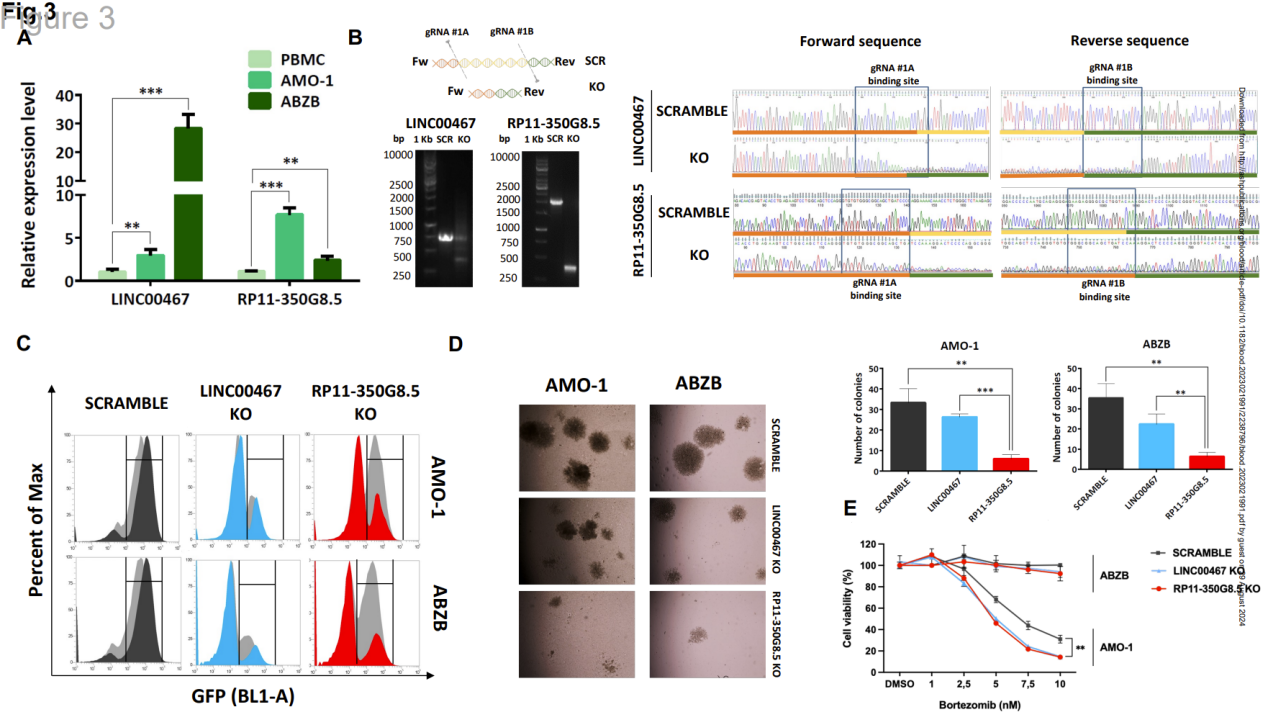
Figure 3 Functional validation of prioritized oncogenic lncRNA candidates
IV. Expression Assessment of RP11-350G8.5 and LINC00467
Researchers validated the overexpression of RP11-350G8.5 and LINC00467 in both ABZB and AMO-1 cell lines compared to peripheral blood mononuclear cells (PBMC) from healthy donors through qRT-PCR. The expression levels of these lncRNAs were significantly elevated in multiple myeloma (MM) cell lines, suggesting they may play crucial roles in the initiation and progression of this disease. Notably, RP11-350G8.5 was consistently expressed at higher levels in MM cells, indicating its potential oncogenic properties in the tumor microenvironment.
Further analysis revealed that RP11-350G8.5 exhibited lower basal expression compared to LINC00467, which may suggest differing functional roles in cellular processes. While these preliminary findings are promising, the specific mechanisms and interactions between these two lncRNAs require more in-depth exploration. This discovery lays the groundwork for understanding the functions of lncRNAs in MM, particularly in the context of drug resistance and cell proliferation.
In studies comparing expression levels in Bortezomib (BZB)-treated patients, the researchers found that RP11-350G8.5 was significantly elevated in MM patients compared to normal tissues. This result suggests that RP11-350G8.5 plays a critical role in tumor cell survival and may be closely related to the development of resistance. Additionally, the high expression of LINC00467 was positively correlated with RP11-350G8.5, indicating that these two lncRNAs might jointly influence the progression of MM.
Therefore, targeted therapies against RP11-350G8.5 could provide new strategies for overcoming BZB resistance and present novel insights for clinical treatment approaches.
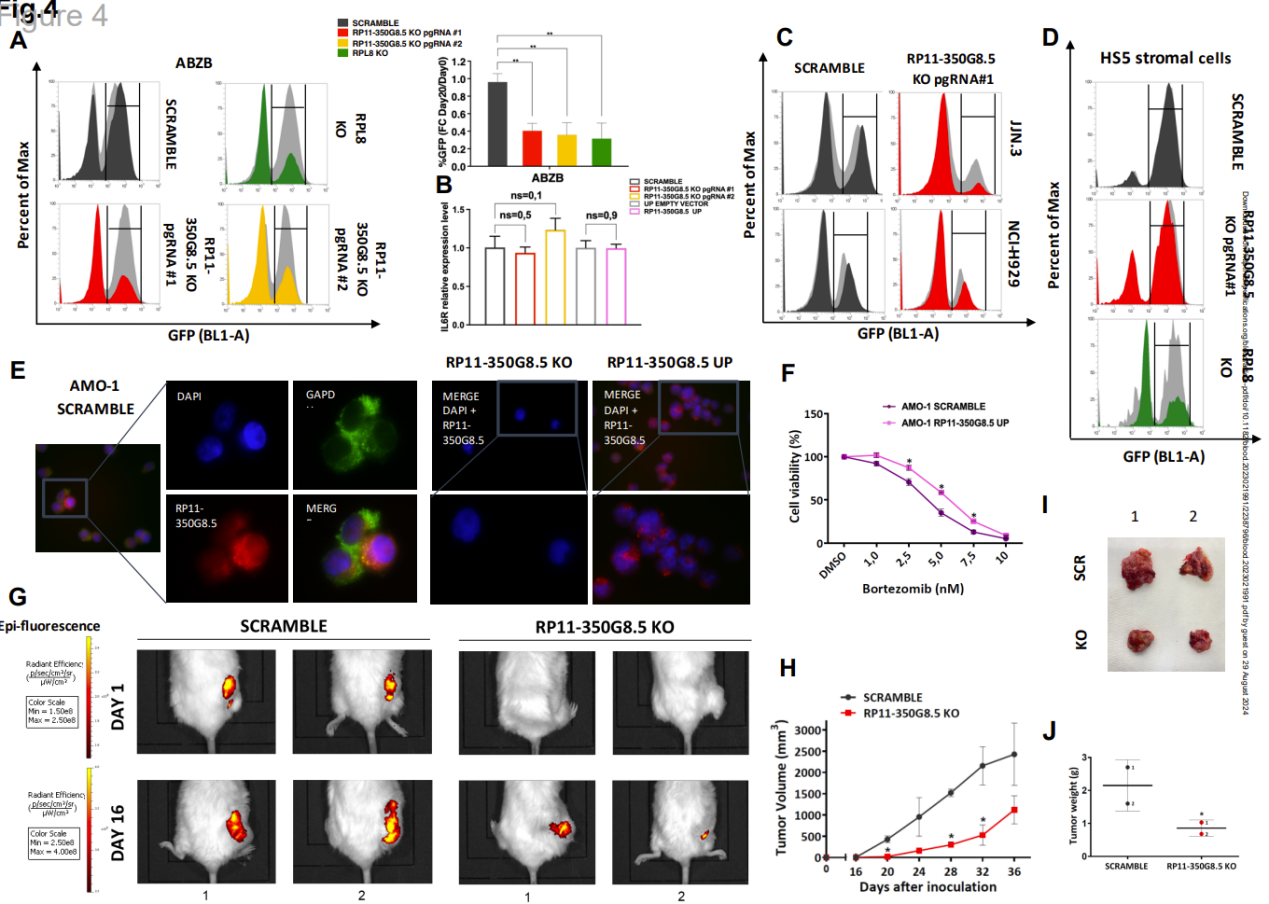
Figure 4 RP11-350G8.5 putative oncogenic role: in vitro validation and preliminary data from in vivo models
V. Role of RP11-350G8.5 and LINC00467 in Multiple Myeloma
Researchers further explored the functions of RP11-350G8.5 and LINC00467 in multiple myeloma (MM) and their interactions. The expression levels of these two lncRNAs are closely linked to the survival capacity, proliferation potential, and drug resistance of tumor cells. Notably, the high expression of RP11-350G8.5 is associated with poor prognosis in MM patients, suggesting its potential oncogenic role in tumor initiation and progression.
Through knockout experiments, the researchers found that inhibiting the expression of RP11-350G8.5 significantly reduced the proliferation of MM cells and increased apoptosis rates. This finding indicates that RP11-350G8.5 is not only critical for the survival of MM cells but may also influence drug resistance by modulating key survival signaling pathways. Similarly, the overexpression of LINC00467 is associated with cell survival, and its functional role in MM cells warrants further investigation.
Moreover, the team is considering the roles of these two lncRNAs in various tumor microenvironments, particularly regarding their interactions with bone marrow stromal cells (BMSCs). BMSCs can provide protective signals to tumor cells, and the expression levels of RP11-350G8.5 and LINC00467 may influence this interaction, further impacting drug resistance and cell survival in MM.
Thus, the interactions and functional characteristics of these two lncRNAs provide new perspectives for the treatment of MM, particularly in developing targeted therapies against these lncRNAs, which may yield significant clinical benefits. The research team is also considering using gene editing techniques to validate the specific functions of these lncRNAs in different MM cell lines, thereby providing theoretical support for subsequent clinical applications.
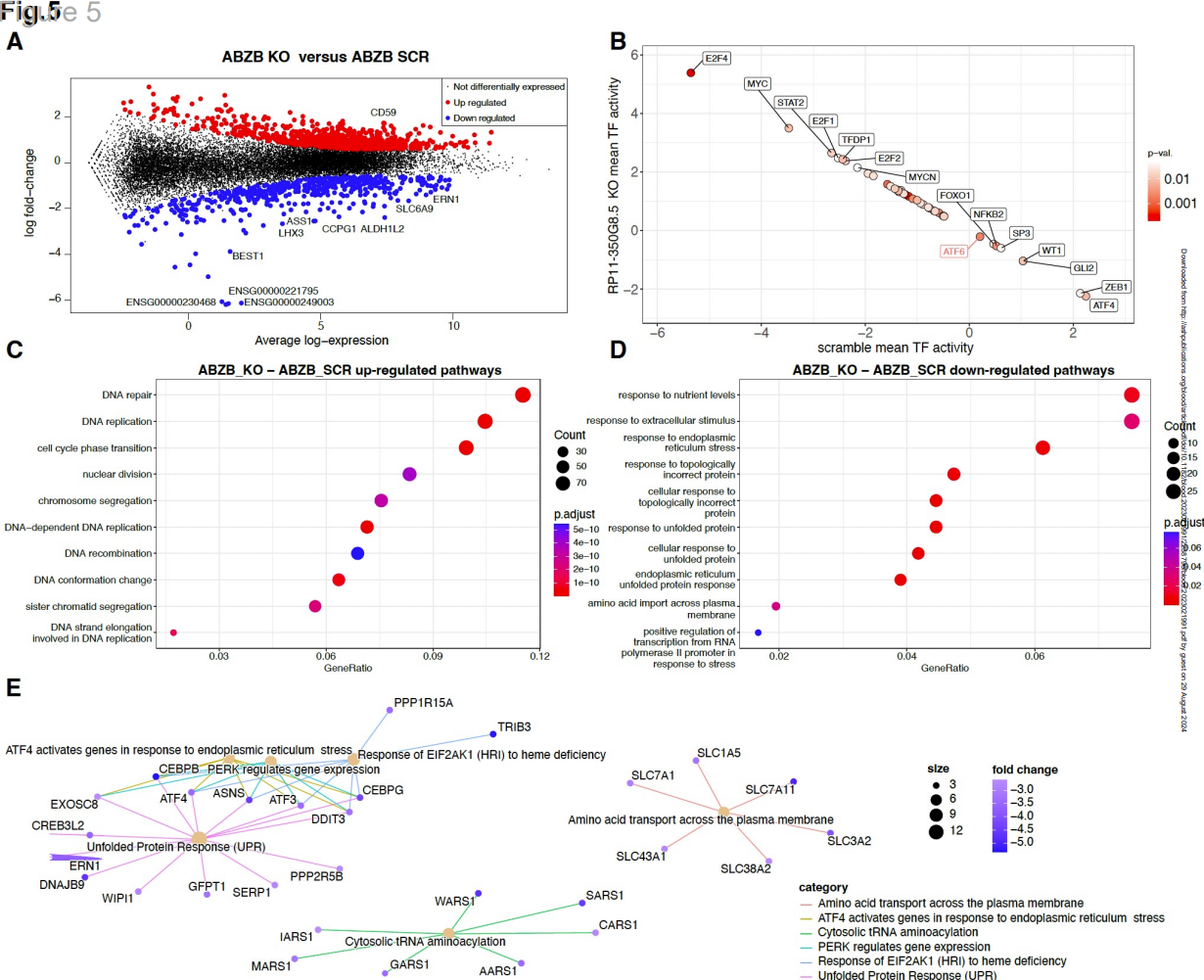
Figure 5 Differential expression and pathway enrichment analysis of ABZB cell lines upon RP11- 350G8.5 knock-out (KO)
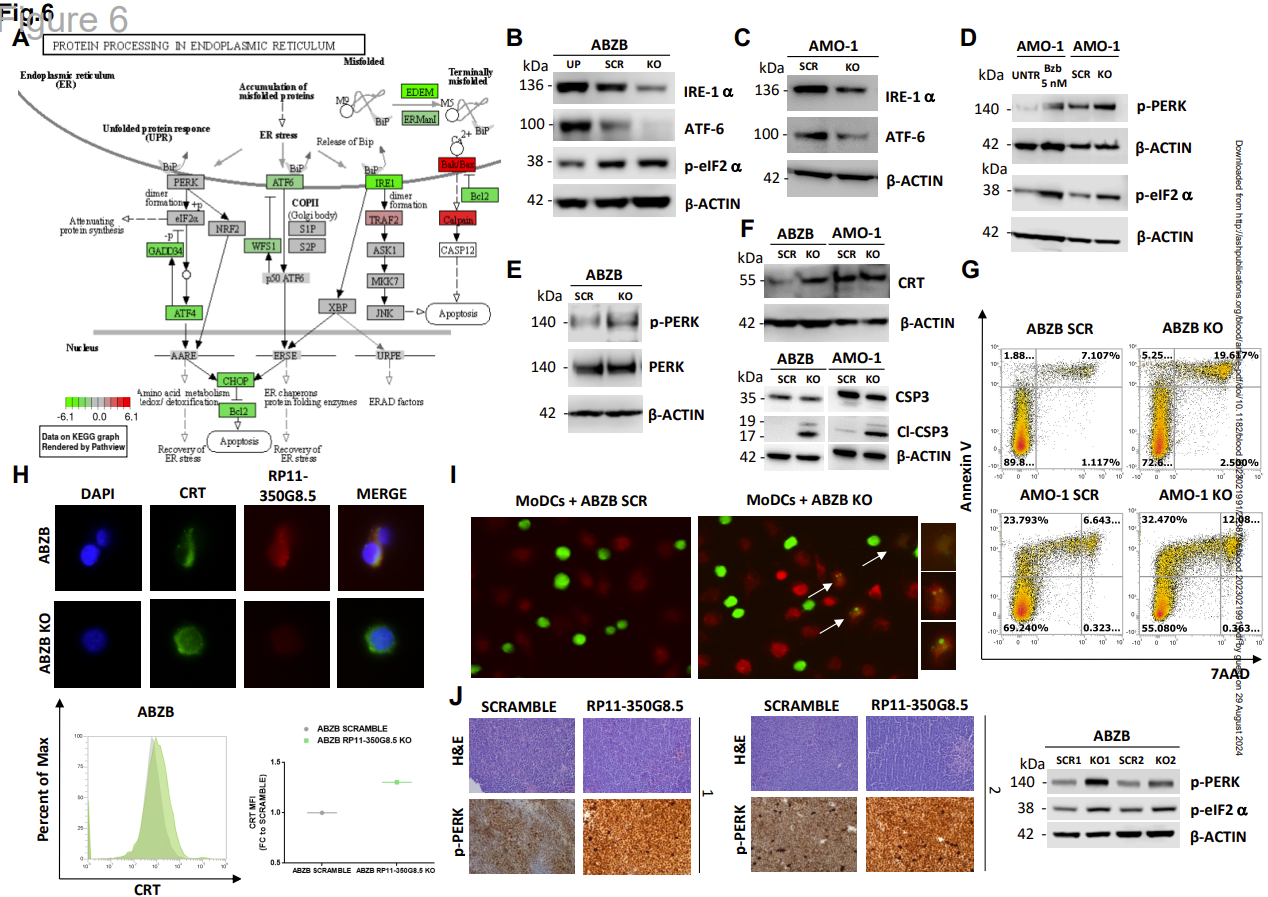
Figure 6 Characterization of RP11-350G8.5 structural features
Overall, this study revealed the significant roles of long non-coding RNAs (lncRNAs), specifically RP11-350G8.5 and LINC00467, in multiple myeloma (MM) cells through CRISPR-Cas9 screening. The expression of these lncRNAs is closely associated with the survival, proliferation, and resistance to Bortezomib (BZB) in tumor cells.
The research indicated that high expression levels of RP11-350G8.5 correlate significantly with poor prognosis in MM patients, and its inhibition can notably reduce cell proliferation and increase apoptosis. Additionally, the high expression of LINC00467 is also closely linked to cell survival, suggesting its potential role in tumor progression.
The study also found that there may be a synergistic relationship between these two lncRNAs, potentially impacting the onset and development of MM. Therefore, future research should focus on further investigating the specific functional mechanisms of these lncRNAs and their therapeutic potential in MM, particularly in how targeting these lncRNAs may help overcome resistance.
Furthermore, by integrating clinical data, the research team can provide new strategies for personalized treatment, ultimately improving the treatment outcomes and quality of life for patients with MM.
See how you can utilize CRISPR library screening technology in your research for target genes and pathways. Check out EDITGENE’ s complete solution for CRISPR library screening, CRISPR KO/CRISPRa/CRISPRi, and the most extensive collection of library plasmids/viruses, which is available within weeks.
Recent Blogs:
Follow us on social media
Contact us
+ 833-226-3234 (USA Toll-free)
+1-224-345-1927 (USA)
info@editxor.com


 Login
Login





![[Literature Review] Deadly RNA: CRISPR Screening Reveals RP11-350G8.5 as a Key Target for Multiple Myeloma Treatment](/uploads/20241012/53c82bdd67704fe0e159246934f924ee.png)



Comment (4)